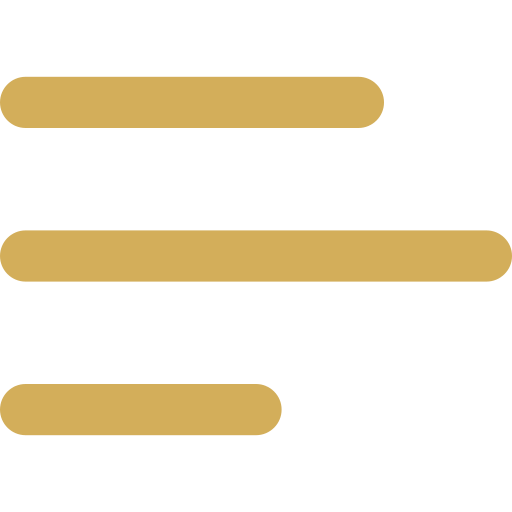The LeCoultre family came to the Vallée de Joux in 1559 among some of the first inhabitants by way of Pierre LeCoultre, a Protestant school teacher, escaping religious persecution. Pierre LeCoultre II, his son, built the first Church in the Le Chenit municipality in the valley in 1612. Throughout the years, the LeCoultres became established as forge owners and blacksmiths. One such descendant, Henri-David, made a name for himself as a forge owner manufacturing razor blades, music boxes and eventually evolving towards keyboard instruments and finally watch components of high precision. Henri-David’s son, Antoine, is where LeCoultre’s horological history begins.
At the age of 30, in 1833, Antoine had already completed his apprenticeship in metallurgy and gear mechanisms, was a formidable, self-taught watchmaker and left the family forge to found the Manufacture, his own watchmaking company. Having such a mind for precision and engineering, Antoine invented the most accurate measuring tool of his time, the Millionométre: an instrument capable of measuring a micron; this was a worldwide breakthrough for the watch industry. Next, Antoine developed a keyless winding and setting system in 1847. Different from the system developed by Patek Philippe a couple years earlier, this utilized a side push button to change between crown setting and winding functions.
The Manufacture was in full swing during the mid-1800s and LeCoultre was winning numerous prestigious awards for his precise watch movements. Antoine was later joined by his 3 sons Elie, Paul and Benjamin. Elie became a pioneer in his own right, contributing a number of complicated movement calibers such as repeaters, chronographs and calendars. Elie’s son, Jacques-David, took charge of movement production at the age of 25 and further served as Managing Director from 1906 until his death in 1948. Jacques-David is credited with developing LeCoultre’s international scope that it still enjoys to this day.
It was a pair of friendships in the early 1900s that propelled LeCoultre to the pedestal they currently reside. Jacques-David arranged to provide ebauché movements to Patek Philippe for use in their watches. This continued for 30 years until LeCoultre almost fully acquired Patek in 1932. The second was with Edmond Jaeger who, at the time, was already cooperating with Cartier. This opened up a whole new luxury market to LeCoultre who, even though their movements were anonymously being used by companies such as Patek Philippe, Audemars Piguet and Vacheron Constantin, were now able to fully case and market a complete timepiece. This relationship led to some of the most iconic and collectible watches of their time, namely, the Duoplan, Reverso, Memovox alarm, Futurematic and Geophysic Chronometer.


